OC Bridges
OCTA improved traffic flow and safety on our streets by building a series of bridges – both underpasses and overpasses – to separate car traffic from trains.
Project Overview
These bridges eliminated the need for commuters and commercial vehicles to stop, wait and waste time at railroad crossings as seemingly endless freight trains pass by. These delays are not only frustrating, but they also aren't good for the economy, aren't good for the environment and aren't good for our quality of life.In consultation with the cities of Anaheim, Fullerton and Placentia, OCTA implemented the O.C. Bridges Program, by building undercrossings and overcrossings at seven local rail crossings. With the dual goals of improving safety and removing delays, the O.C. Bridges Program enhanced the quality of life for this area.
The Placentia Avenue and Kraemer Avenue undercrossings were completed in 2014, the Tustin Avenue/Rose Drive Overcrossing was completed in 2015, the Orangethorpe Avenue Overcrossing was completed in 2016 and the Lakeview Avenue Overcrossing opened to motorists in June 2017. The State College Boulevard and Raymond Avenue undercrossings in Fullerton opened in 2018.
Program Funding – Your Local, State and Federal Tax Dollars at Work
In November 2006, nearly 70% of Orange County voters passed the Renewed Measure M Ordinance (M2), a ½ cent sales tax to fund transportation projects throughout our county. As part of the voter-approved M2 plan, funds were identified to support the design and construction of seven bridges, which were designated as the O.C. Bridges Program. However, the cost of building these projects can't be met by M2 funds alone.
Funding for these projects came from three sources: local tax dollars, state funds and federal funds.

The City of Fullerton and the Orange County Transportation Authority (OCTA) constructed a vehicle undercrossing at the intersection of Raymond Avenue and the Burlington Northern Santa Fe Railway.
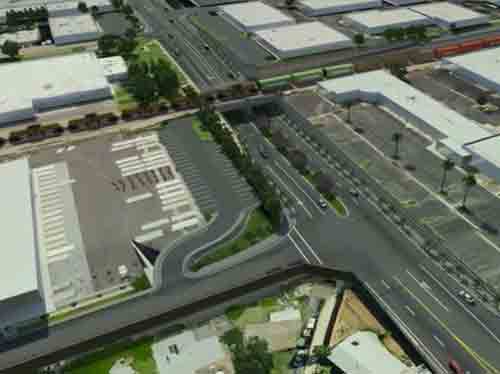
The City of Fullerton and the Orange County Transportation Authority (OCTA) constructed a vehicle undercrossing at the intersection of State College Boulevard and the Burlington Northern Santa Fe Railway. The roadway was lowered between Santa Fe Avenue to the north to approximately 500 feet south of Valencia Drive to the south.
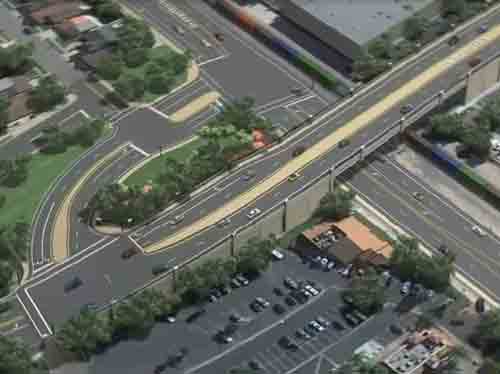
OCTA reconstructed Lakeview Avenue as a bridge to allow vehicles to pass over the BNSF Railway tracks. As part of the project, Lakeview Avenue was raised to separate car traffic from train traffic.
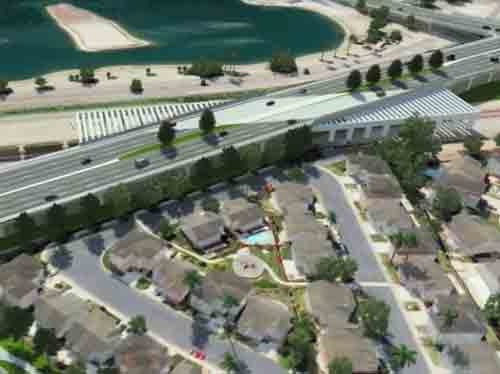
The Orange County Transportation Authority (OCTA) reconstructed Orangethorpe Avenue as a bridge to allow vehicles to pass over the BNSF Railway tracks to separate rail and roadway traffic. On the west side of the project, Crowther Avenue and Miller Street rose to meet Orangethorpe Avenue. On the north side of the project, Chapman Avenue rose to meet the elevated portions of Orangethorpe.
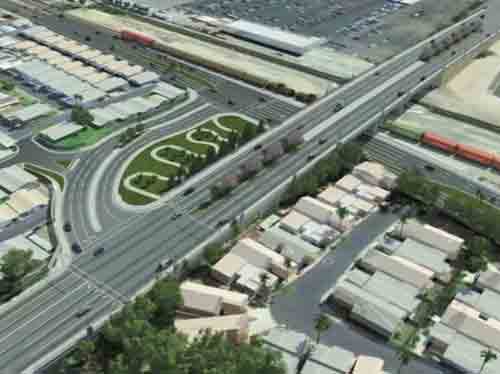
The Orange County Transportation Authority (OCTA) constructed a vehicle overpass at the intersection of Tustin Avenue/Rose Drive (Tustin/Rose) and Orangethorpe Avenue, along the Burlington Northern Santa Fe Railway. Approximately 2,100 feet of Tustin/Rose was elevated and realigned to pass over Orangethorpe Avenue and the railroad tracks

The Orange County Transportation Authority (OCTA) opened the Kraemer Boulevard Undercrossing at the Burlington Northern Santa Fe Railway tracks on June 28, 2014. The project lowered the roadway to separate vehicles from trains. The intersection of Kraemer Boulevard and Crowther Avenue was closed during construction, and temporary railroad tracks were built south of the current tracks.
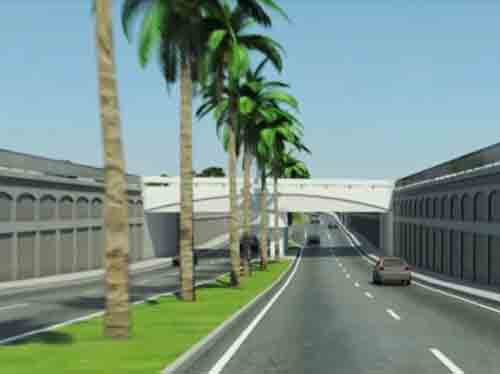
The Orange County Transportation Authority (OCTA) opened the Placentia Avenue undercrossing to motorists in March 2014. This was the first of seven bridges being built along the Burlington Northern Santa Fe Railway in Anaheim, Fullerton and Placentia. The project lowered the roadway separating vehicles from trains, enhancing safety and boosting mobility.
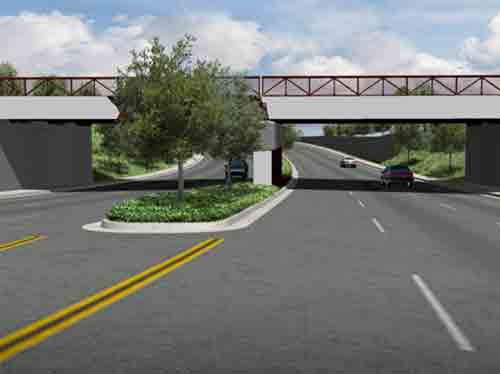
The Sand Canyon Avenue Undercrossing project along the LOSSAN rail corridor between Interstate 5 and Oak Canyon/Laguna Canyon Road in Irvine opened to motorists on July 14, 2014. The project lowered Sand Canyon Avenue under the railroad tracks and widened the roadway from four to six lanes.